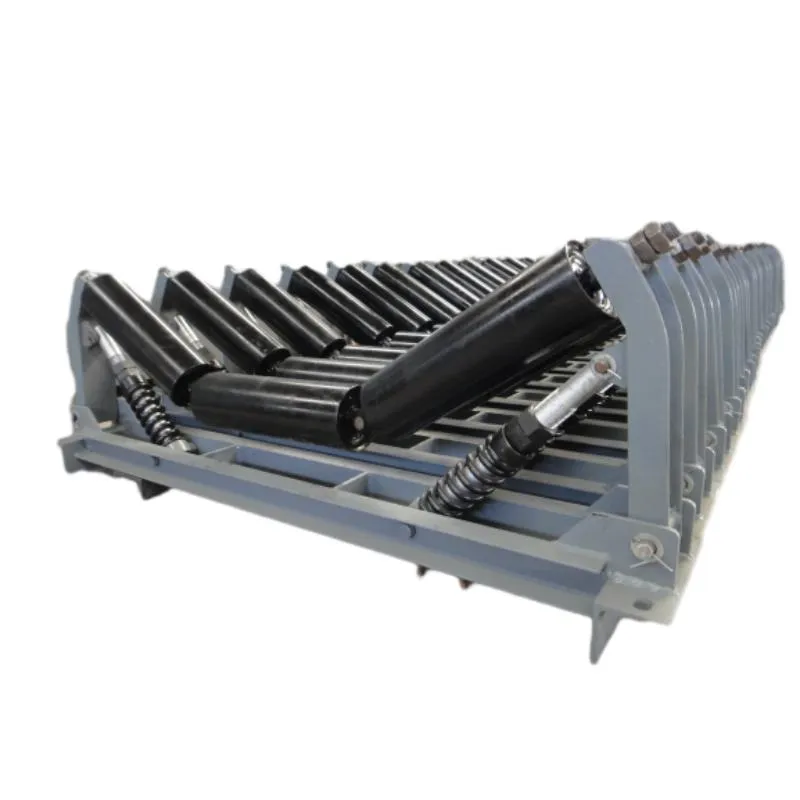 Afrikaans
Afrikaans  Albanian
Albanian  Amharic
Amharic  Arabic
Arabic  Armenian
Armenian  Azerbaijani
Azerbaijani  Basque
Basque  Belarusian
Belarusian  Bengali
Bengali  Bosnian
Bosnian  Bulgarian
Bulgarian  Catalan
Catalan  Cebuano
Cebuano  Corsican
Corsican  Croatian
Croatian  Czech
Czech  Danish
Danish  Dutch
Dutch  English
English  Esperanto
Esperanto  Estonian
Estonian  Finnish
Finnish  French
French  Frisian
Frisian  Galician
Galician  Georgian
Georgian  German
German  Greek
Greek  Gujarati
Gujarati  Haitian Creole
Haitian Creole  hausa
hausa  hawaiian
hawaiian  Hebrew
Hebrew  Hindi
Hindi  Miao
Miao  Hungarian
Hungarian  Icelandic
Icelandic  igbo
igbo  Indonesian
Indonesian  irish
irish  Italian
Italian  Japanese
Japanese  Javanese
Javanese  Kannada
Kannada  kazakh
kazakh  Khmer
Khmer  Rwandese
Rwandese  Korean
Korean  Kurdish
Kurdish  Kyrgyz
Kyrgyz  Lao
Lao  Latin
Latin  Latvian
Latvian  Lithuanian
Lithuanian  Luxembourgish
Luxembourgish  Macedonian
Macedonian  Malgashi
Malgashi  Malay
Malay  Malayalam
Malayalam  Maltese
Maltese  Maori
Maori  Marathi
Marathi  Mongolian
Mongolian  Myanmar
Myanmar  Nepali
Nepali  Norwegian
Norwegian  Norwegian
Norwegian  Occitan
Occitan  Pashto
Pashto  Persian
Persian  Polish
Polish  Portuguese
Portuguese  Punjabi
Punjabi  Romanian
Romanian  Russian
Russian  Samoan
Samoan  Scottish Gaelic
Scottish Gaelic  Serbian
Serbian  Sesotho
Sesotho  Shona
Shona  Sindhi
Sindhi  Sinhala
Sinhala  Slovak
Slovak  Slovenian
Slovenian  Somali
Somali  Spanish
Spanish  Sundanese
Sundanese  Swahili
Swahili  Swedish
Swedish  Tagalog
Tagalog  Tajik
Tajik  Tamil
Tamil  Tatar
Tatar  Telugu
Telugu  Thai
Thai  Turkish
Turkish  Turkmen
Turkmen  Ukrainian
Ukrainian  Urdu
Urdu  Uighur
Uighur  Uzbek
Uzbek  Vietnamese
Vietnamese  Welsh
Welsh  Bantu
Bantu  Yiddish
Yiddish  Yoruba
Yoruba  Zulu
Zulu conveyor belt parts and functions
Understanding Conveyor Belt Parts and Their Functions
Conveyor belts are integral components in numerous industrial applications, from manufacturing to logistics. Their functionality hinges on various parts, each playing a crucial role in the efficient movement of materials. This article will delve into the primary parts of a conveyor belt and elucidate their respective functions.
1. Belt The conveyor belt is the most visible component, formed from durable materials such as rubber, fabric, or metal. Its primary function is to transport materials from one point to another, providing a continuous surface for movement. The choice of material depends on the weight, size, and type of goods being transported, ensuring efficiency and safety in operation.
Understanding Conveyor Belt Parts and Their Functions
3. Pulley System The pulley system consists of two or more pulleys located at either end of the conveyor line. These pulleys are essential for belt movement, as they guide and control the direction of the belt. The drive pulley receives the power from a motor and rotates to pull the belt forward, while the tail pulley supports the end of the belt. Proper alignment and maintenance of the pulleys are vital for the conveyor's efficiency and longevity.
conveyor belt parts and functions

4. Frame The frame provides structural support for the conveyor system. Typically fabricated from metal or heavy-duty plastic, it houses all components, ensuring stability during operations. The design of the frame depends on the specific application of the conveyor belt, with variations to accommodate different lengths, widths, and load capacities. A robust frame helps counterbalance dynamic forces while preventing excessive wear.
5. Motor The motor powers the conveyor system, driving the pulley and, subsequently, the belt. Electric motors are the most common choice, and their size and power rating depend on the load being transported. In some cases, variable speed motors allow for flexibility in movement speed, accommodating different material handling requirements. Ensuring that the motor is appropriately matched to the conveyor system is crucial for its efficiency and performance.
6. Take-Up The take-up mechanism is essential for maintaining proper tension in the conveyor belt. It adjusts the belt's tension in response to wear or stretching, ensuring a smooth operation and preventing slippage. This component is vital for the longevity of the belt, as proper tensioning reduces the risk of damage and enhances overall performance.
7. Sensors and Controllers Modern conveyor systems often incorporate sensors and controllers for enhanced automation and efficiency. Sensors can detect obstructions, monitor belt speed, and ensure proper alignment, while controllers allow for adjustments to speed and direction. These technologies enhance safety and streamline operations, making conveyor systems more accessible and user-friendly.
In conclusion, understanding the various parts of a conveyor belt and their functions is essential for optimizing industrial processes. Each component plays a significant role in ensuring the effective transportation of goods, and proper maintenance can enhance efficiency, safety, and longevity. With advancements in technology, conveyor systems continue to evolve, offering enhanced features and capabilities that meet the demands of modern industry.
-
Trusted Conveyor Solutions from Leading Conveyor Idler Roller ManufacturersNewsJun.27,2025
-
Reliable Return Idler Solutions for Efficient Belt Conveyor SystemsNewsJun.27,2025
-
Precision Conveyor Accessories for Streamlined Material HandlingNewsJun.27,2025
-
High-Quality Belt Conveyor Idler Solutions for Efficient Material HandlingNewsJun.27,2025
-
High-Performance Belt Conveyor Pulleys for Reliable Material HandlingNewsJun.27,2025
-
Enhancing Material Handling EfficiencyNewsJun.27,2025





























